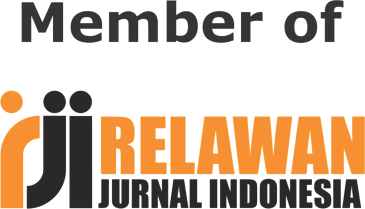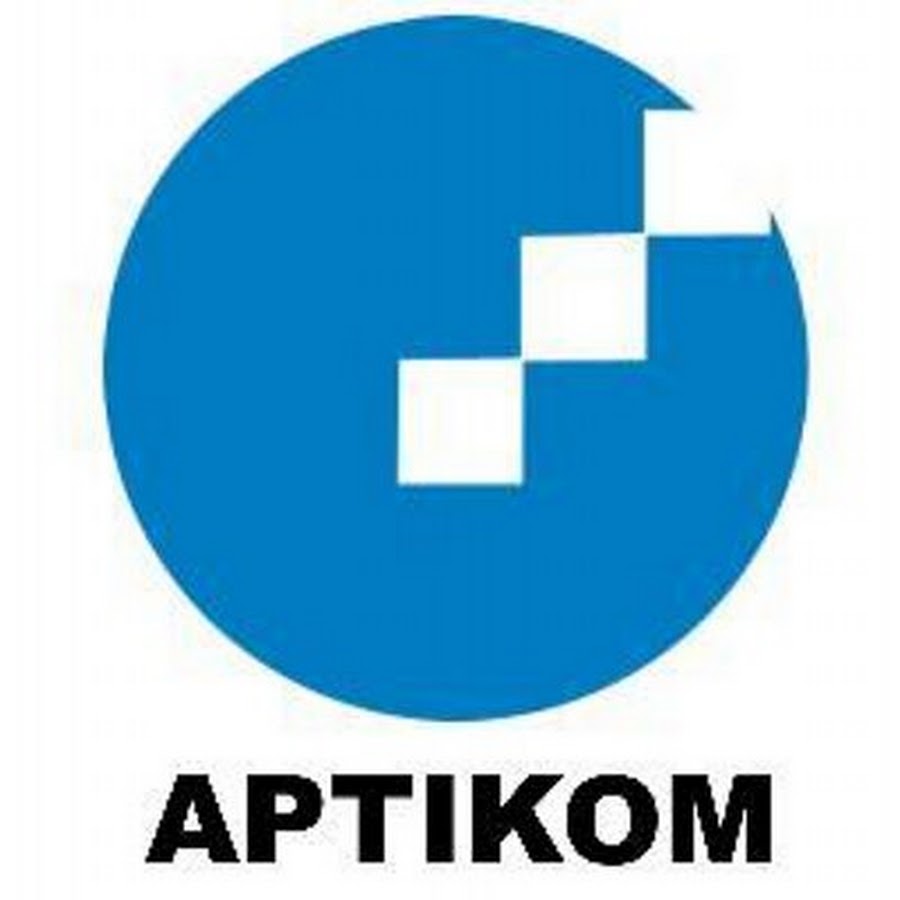Optimizing Arowana Fish Breeding with IoT Aquaculture
Abstract
Monitoring and controlling water temperature and pH levels are crucial aspects in maintaining a healthy environment for breeding Arowana fish. Arowana fish are sensitive to fluctuations in water temperature and pH levels, which can lead to stress, diseases, and even death. Therefore, it is essential to regularly monitor and maintain the temperature and pH levels within suitable ranges for the fish. This study aims to develop Internet of Things (IoT) technology that is expected to assist Arowana fish farmers in monitoring and controlling more effectively and practically. The methodology employed in this study is a case study approach, with Arowana fish farmers as respondents. In monitoring the water quality for Arowana fish, many farmers still rely on traditional farming models that heavily depend on experience, lacking the ability to assess water quality and environmental changes scientifically. By utilizing LoRa and cellular technologies, this study provides intelligent solutions for water quality monitoring to create controlled and sustainable growth conditions. The ultimate outcome of this research is the development of an IoT-based application designed to enhance the efficiency of Arowana fish farming. This application involves automatic control of water pH and temperature in three different treatments. The methodology employed in the application design involves the development of an IoT-based system integrated with temperature and pH sensors. The functionality of the application includes real-time monitoring and automatic control of the aquarium environment. Testing was conducted through a series of field trials to ensure system performance and reliability. With a pH range of 6.5 - 7.5 and temperature range of 26 - 30°C, this application has proven to provide optimal responses for Arowana fish farming, enhancing growth and reducing feeding time.
Downloads
References
B. Kang et al., “Introduction of non‐native fish for aquaculture in China: A systematic review,” Rev. Aquac., vol. 15, no. 2, pp. 676–703, 2023, doi: 10.1111/raq.12751.
H. N. Vishwas and S. Ullas, “Remotely Monitored Energy EfficientMethod for Aquaculture Using Smart Devices,” in 2019 6th IEEE International Conference on Advances in Computing, Communication and Control, ICAC3 2019, IEEE, 2019. doi: 10.1109/ICAC347590.2019.9036810.
F. Firmansyah, H. I. Wahyuni, and A. B. Raya, “The Interrelation between Local Government of Kapuas Hulu Regency and Breeders in Developing the Breeding of Super Red Arowana,” Komunikator, vol. 11, no. 2, 2019, doi: 10.18196/jkm.112026.
A. S. Panjaitan, F. Hapsari, and H. Al-qoyyimah, “Variety Types Of Natural Food Fish Usage In The Growth Of Super Red Arowana Fish ( Scleropages Formosus ),” Eduvest – J. Univers. Stud., vol. 3, no. 4, pp. 842–849, 2023.https://doi.org/10.59188/eduvest.v3i4.796
I. Slathia and R. S. Rana, Aquariculture. Unik Feel Publications, 2020.
H. Larson and C. Vidthayanon, “Scleropages Formosus The Iucn Red List Of Threatened Speciestm,” 2019. doi: http://dx.doi.org/10.2305/IUCN.UK.2019-.
G. H. Yue, A. Chang, A. Yuzer, and A. Suwanto, “Current Knowledge on the Biology and Aquaculture of the Endangered Asian Arowana,” Rev. Fish. Sci. Aquac., vol. 28, no. 2, pp. 193–210, 2020, doi: 10.1080/23308249.2019.1697641.
R. W. Ozretich et al., “Reviews in Fisheries Science & Aquaculture The Potential for Aquaculture to Reduce Poverty and Control Schistosomiasis in Côte d ’ Ivoire ( Ivory Coast ) during an Era of Climate Change : A Systematic Review The Potential for Aquaculture to Reduce Poverty,” Rev. Fish. Sci. Aquac., vol. 30, no. 4, pp. 467–497, 2022, doi: 10.1080/23308249.2022.2039096.
Thamrin, R. M. Putra, R. Karnila, and Nofrizal, “Analysis of reproduction and spawning season of glass catfish Ompok hypophthalmus (Bleeker): Case in lakes in Buluh Cina Village, Riau, Indonesia,” J. Anim. Behav. Biometeorol., vol. 8, no. 2, pp. 95–103, 2020, doi: 10.31893/jabb.20013.
C. H. Chen, Y. C. Wu, J. X. Zhang, and Y. H. Chen, “IoT-Based Fish Farm Water Quality Monitoring System,” Sensors, vol. 22, no. 17, 2022, doi: 10.3390/s22176700.
G. Gao, K. Xiao, and M. Chen, “An intelligent IoT-based control and traceability system to forecast and maintain water quality in freshwater fish farms,” Comput. Electron. Agric., vol. 166, no. August, p. 105013, 2019, doi: 10.1016/j.compag.2019.105013.
D. Arisandi, A. Syamsuadi, and L. Trisnawati, “Enhancing peatland fire prevention: an incremental LoRa and mobile-based early warning system,” Int. J. Adv. Technol. Eng. Explor., vol. 10, no. 108, p. 1368, 2023, doi: http://dx.doi.org/10.19101/IJATEE.2023.10101900.
D. Arisandi, A. Syamsuadi, L. Trisnawati, and S. Hartati, “A Development of Multi-Platform Based Forestry Wildfire Prevention System Using Incremental Model: Case study: A peatland area in Siak Regency,” in Proceedings - IEIT 2022: 2022 International Conference on Electrical and Information Technology, IEEE, 2022, pp. 176–180. doi: 10.1109/IEIT56384.2022.9967894.
Periyadi, G. I. Hapsari, Z. Wakid, and S. Mudopar, “IoT-based guppy fish farming monitoring and controlling system,” Telkomnika (Telecommunication Comput. Electron. Control., vol. 18, no. 3, pp. 1538–1545, 2020, doi: 10.12928/TELKOMNIKA.v18i3.14850.
J. Huan, H. Li, F. Wu, and W. Cao, “Design of water quality monitoring system for aquaculture ponds based on NB-IoT,” Aquac. Eng., vol. 90, no. April, p. 102088, 2020, doi: 10.1016/j.aquaeng.2020.102088.
L. Hang, I. Ullah, and D. H. Kim, “A secure fish farm platform based on blockchain for agriculture data integrity,” Comput. Electron. Agric., vol. 170, no. December 2019, p. 105251, 2020, doi: 10.1016/j.compag.2020.105251.
S. Saha, R. H. Rajib, and S. Kabir, “IoT Based Automated Fish Farm Aquaculture Monitoring System,” 2018 Int. Conf. Innov. Sci. Eng. Technol. ICISET 2018, no. October, pp. 201–206, 2018, doi: 10.1109/ICISET.2018.8745543.
Y. Kim, N. Lee, B. Kim, and K. Shin, “Realization of IoT based fish farm control using mobile app,” Proc. - 2018 Int. Symp. Comput. Consum. Control. IS3C 2018, pp. 189–192, 2019, doi: 10.1109/IS3C.2018.00055.
Copyright (c) 2024 Digital Zone: Jurnal Teknologi Informasi dan Komunikasi

This work is licensed under a Creative Commons Attribution-ShareAlike 4.0 International License.











